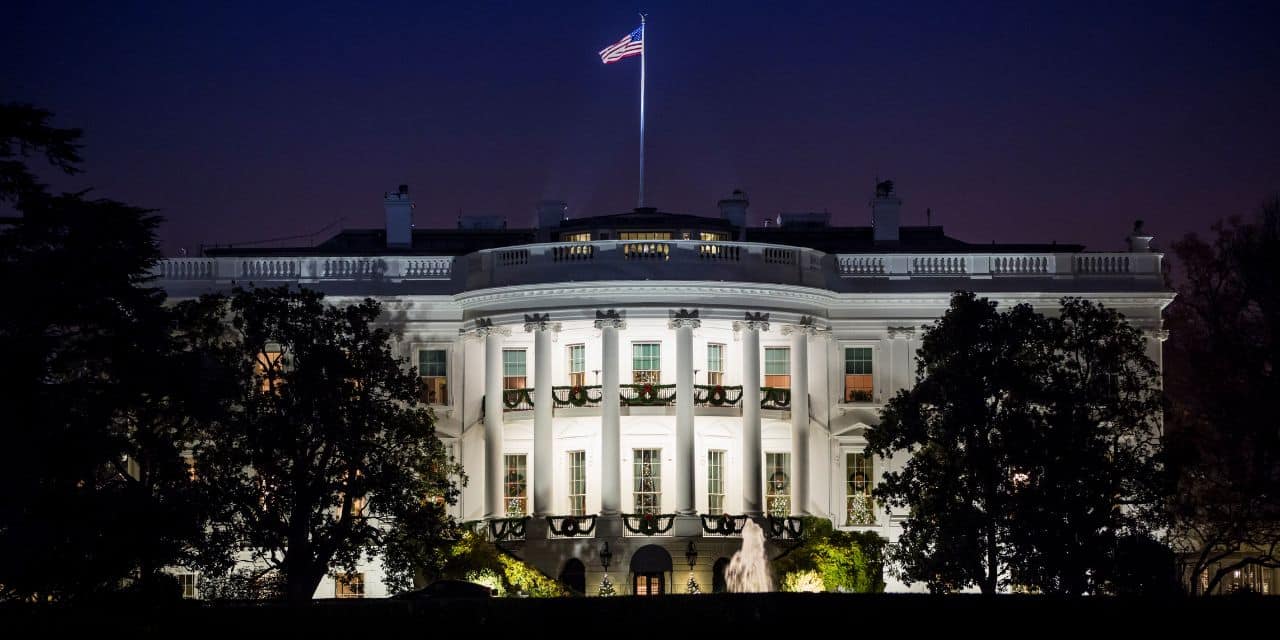The White House Office of Management and Budget released President Trump’s fiscal year 2026 “skinny budget” on May 2, outlining sweeping cuts to domestic spending alongside major increases for defense, veterans, and border security.

The proposal would reduce non-defense discretionary spending by $163 billion, or 23%, from 2025 levels—the lowest since 2017. Key savings come from eliminating diversity, equity, and inclusion (DEI) programs, green energy initiatives, and consolidating federal programs back to states.
Defense, border security spending see historic increases
Trump’s budget proposes a 13% increase in defense funding and nearly 65% more for the Department of Homeland Security. Priorities include expanding military readiness, securing the southern U.S. border, and funding space exploration missions to the Moon and Mars.
The plan funds 50,000 immigration detention beds, additional border agents, and major investments in new border technology.
Major cuts to health, education, and housing programs
Several departments would face steep reductions under the budget:
- Health and Human Services: $33 billion cut, including a 40% reduction in NIH funding and major cuts to CDC and mental health programs.
- Department of Education: $12 billion cut, including the elimination of numerous K-12 and higher education programs.
- Housing and Urban Development: 43.6% funding cut, significantly reducing rental assistance and affordable housing programs.
- Environmental Protection Agency: More than 50% funding cut, slashing clean water, Superfund cleanup, and research initiatives.
Programs like AmeriCorps, community development financial institutions (CDFIs), and federal support for public broadcasting and the arts would be eliminated entirely.
Focus on workforce development, energy dominance, and AI research
The budget introduces two new initiatives:
- Make America Skilled Again (MASA): Redirects workforce training funding to apprenticeships and local employer partnerships.
- Make America Healthy Again (MAHA): Funds new initiatives promoting nutrition, fitness, and reducing over-reliance on medications.
Energy policy would pivot toward fossil fuels and nuclear innovation, reversing renewable energy investments. Funding for artificial intelligence and quantum research would be increased to maintain U.S. leadership in critical technologies.
Sharp Democratic opposition
Democratic leaders, including Senator Chuck Schumer and Senator Kirsten Gillibrand, blasted the proposal, warning it would hurt healthcare, education, housing, and public safety programs. They argue the cuts would benefit billionaires and corporations at the expense of working families.
Congress will now take up the President’s request, though major revisions are expected.
